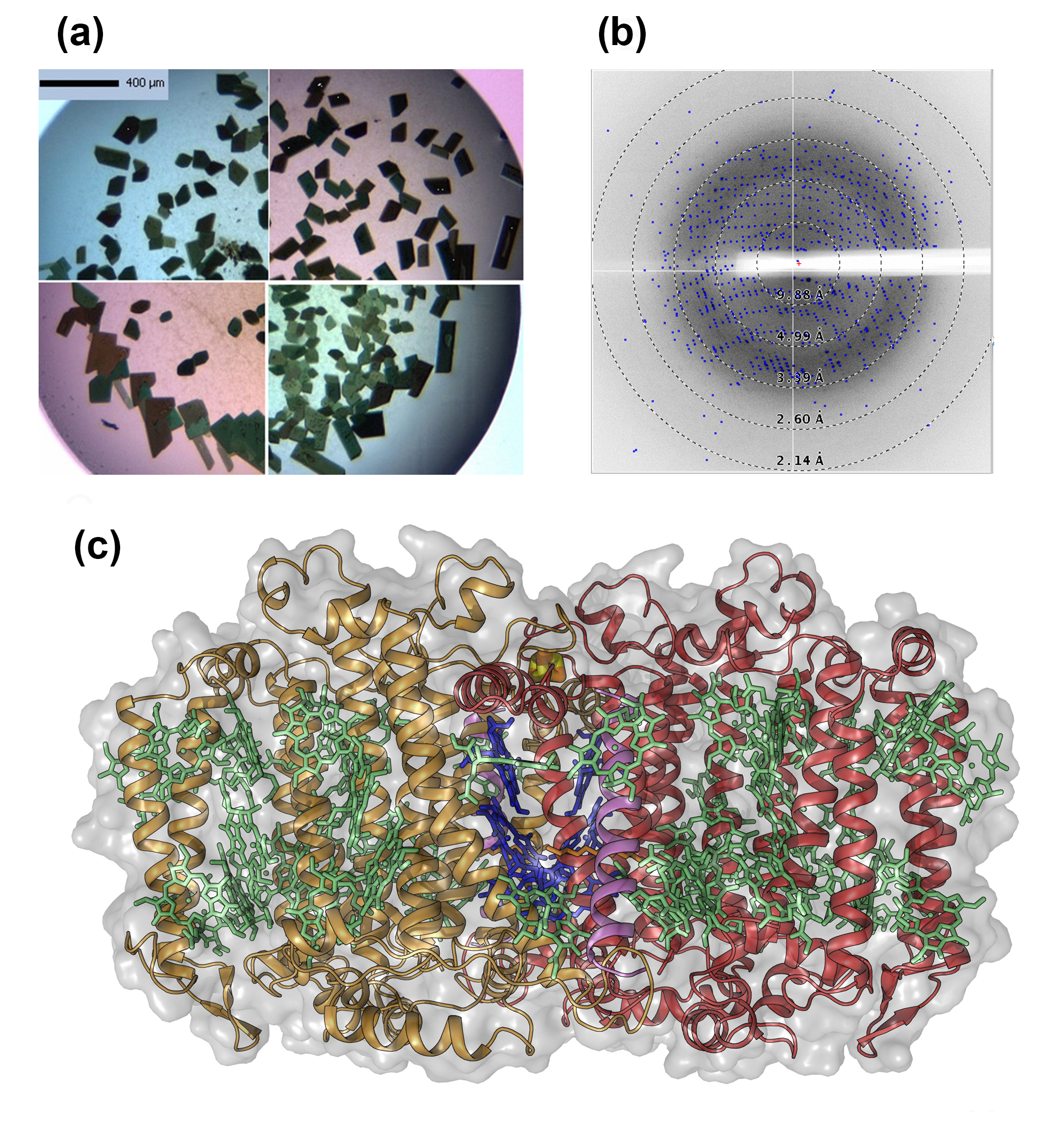Every day, enough sunlight hits the Earth to power the planet many times over — if only we could more efficiently capture all the energy. So scientists have looked at nature for inspiration to do it better. By solving the heart of photosynthesis in a sun-loving, soil-dwelling bacterium, a team of scientists working at two U.S. Department of Energy (DOE) national research facilities has gained the most fundamental understanding of the inner workings of photosynthesis, and how this vital process differs between plants systems. Their discovery, published in the journal Science, may provide a brand-new template for laying the groundwork for organic-based solar panel design, known as “artificial leaves,” for solar energy, or possible renewable biofuel applications.

